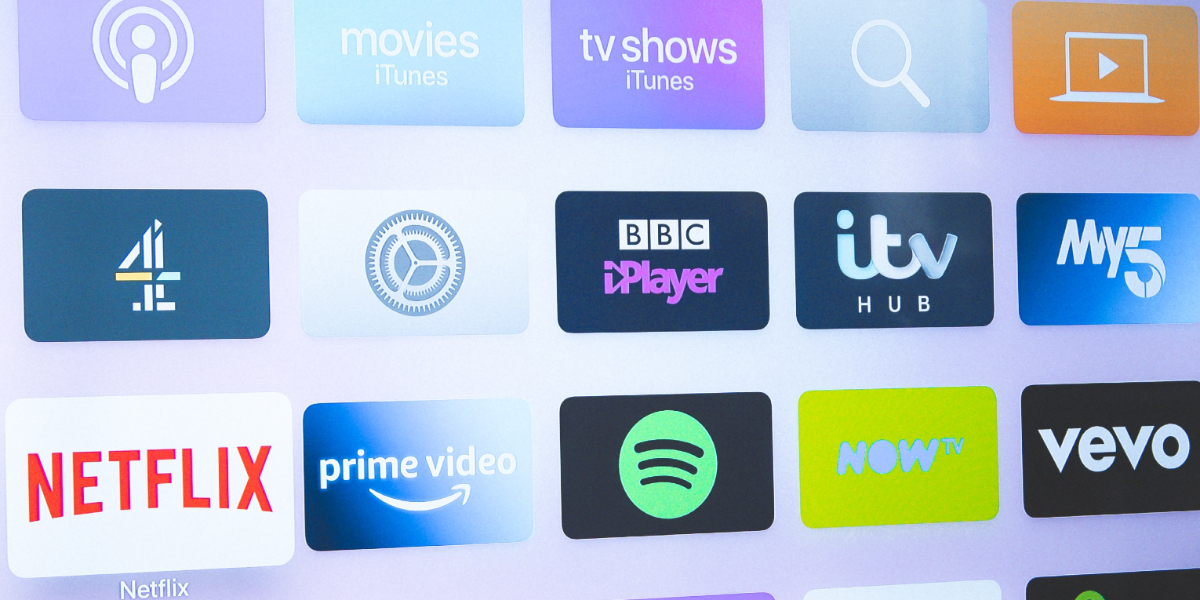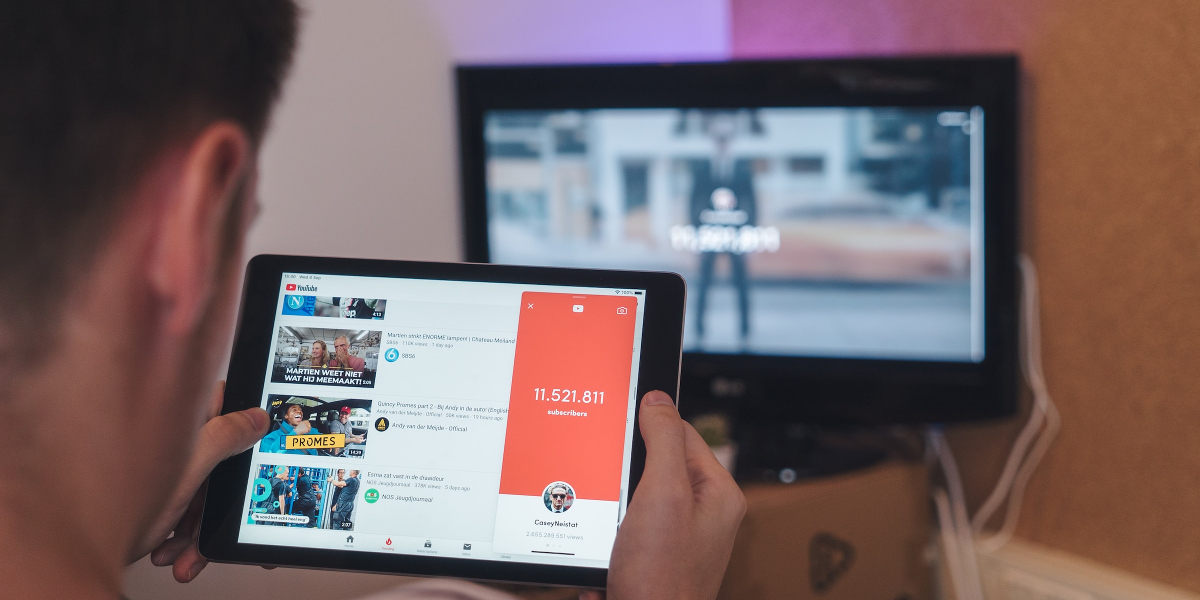 2015 hasn’t been kind to publishers. This year, the already-fragile publisher model was forced to face up to viewability, the publisher’s relationship with the social platforms and ad-blocking. Given the pace of our industry, 2016 looks set to be equally challenging. Here are five things publishers should be considering in the coming year:
2015 hasn’t been kind to publishers. This year, the already-fragile publisher model was forced to face up to viewability, the publisher’s relationship with the social platforms and ad-blocking. Given the pace of our industry, 2016 looks set to be equally challenging. Here are five things publishers should be considering in the coming year:
Deepen Industry Co-operation on Multiple Fronts
A huge number of publisher problems come down to the size of the companies now challenging them. Many have been overwhelmed by the gargantuan scale an influence of the large tech players/social platforms and also by the large agency groups at the negotiating table.
Until there’s a law passed to protect independent publishers as an endangered species, publishers need to meet might with might, and going it alone won’t work for anyone other than the biggest publishers. The publisher co-operatives that have sprung up everywhere are a welcome start, but pooling remnant inventory doesn’t go far enough.
To face up to the buying power of the agency giants, publishers need to either: (a) adopt a union-like mentality on pricing for top tier inventory, which could be sold more efficiently via a co-operative or a sales house, a model which works well for the TV industry; (b) if possible, go on an acquisition spree to strengthen their hand in the market; (c) merge with other leading publishers. While individual publishers find themselves overwhelmed by the buying power of the likes of GroupM, they also need to remember that few major brands would work with an agency who couldn’t buy national press or TV inventory.
A similarly co-operative approach should be taken when negotiating the companies seeking to wedge themselves ever deeper between publishers and their audiences, most notably Google, Apple and Facebook, and to a lesser extend Snapchat and Twitter. While the relationship between these platforms and publishers is symbiotic, the gravitational pull of the large platforms means that publishers are usually the weakling at the negotiating table. But again, these platforms would lose much of their appeal overnight if publishers were to withdraw en masse, so publishers should be negotiating terms as a group, not individually.
Stop Whining About Agency Arbitrage…
If agencies are going behind their clients’ backs with arbitrage, then publishers have every right to complain that agents aren’t really agents any more, and that their clients should wise up and buy from publishers directly. However, as we’re about to enter 2016, the agency trading desk model is now well-established and clients are in all likelihood familiar with the likes of Xaxis offer, so if they’re contractually happy with what their agency are selling them (e.g. media+data+technology=product), then it’s time to stop moaning. If someone is taking your inventory and is able to add significant margin to it by sprinkling a bit of data over it, then the chances are you’re missing a trick and need to revisit your data strategy, or spend more time on your direct advertiser relationships.
…Instead, Start Behaving More Like an Agency
One of the most successful and fastest-growing publishers is Vice, whose commercial success in recent years is largely down to the way in which they execute content marketing for brands. In doing so, they assembled a team composed of both agency staff and content creators, striking the right balance between getting a brand’s message across without compromising on content quality. It also enabled them to have people in house who can anticipate a brand’s expectations, measure what does/doesn’t work, and think about distribution beyond the confines of the publisher’s own properties. This agency-publisher hybrid model has been taking root over the last couple of years, a notable example being the New York Times’s ‘T Brand Studio’ content marketing division.
Give More Thought to Video Content and Syndication
While the outstream formats have provided publishers a convenient method of boosting supply, it seems unlikely that the juicy CPMs publishers are enjoying today will be sustainable in the long-term. It’s just a bit too easy to create inventory and – as we’ve seen with display advertising – when it’s just a question of adding a unit to a page, the whole of the market jumps in which will eventually create a surplus of supply, leading to lower prices. That’s not to say that publishers shouldn’t be using outstream formats – they should – but buyers will always be willing to pay a premium for in-stream ads.
However, producing video is expensive, which is why more publishers need to make better use of syndicated content across their sites. It’s what the TV industry has been doing for years, yet many publishers still think they’re devaluing their brand by borrowing content that might be available elsewhere. Publishers should also get better value of video that is produced in-house by ensuring there is video on every page (i.e. you’ve read this, now watch this…), a strategy that Business Insider has deployed with great success. Also having a dedicated video team – rather than lumping video in with ‘digital’ – will pay dividends. Many of the video syndication companies say that publishers are keen to use syndicated video, but they fall down as nobody at the publisher ‘owns’ video.
Experiment with OTT Platforms & VR
While the TV industry has been quick to move online, the online world has been far slower to grasp the opportunities on TV. As the OTT platforms like Roku, Apple TV and the games consoles are now scaling, there are still very few apps being created by web native and traditional publishers. If you have video content on your website, the chances are it’s easily transferable to a TV app. While it might not be a goldmine today, at the very least it’s important to learn what does/doesn’t work before your competitors do.
A more nascent technology that publishers should be experimenting with in 2016 is VR. This year we saw Condé Nast and the New York Times trial VR experiences, and while it’s still early days, many believe VR is the next great tech revolution, encompassing not just the media and gaming world, but everything from travel to how we do business. First movers will reap the rewards.




